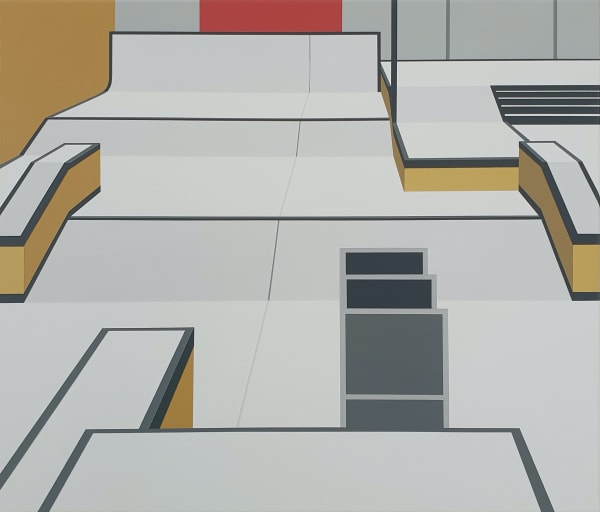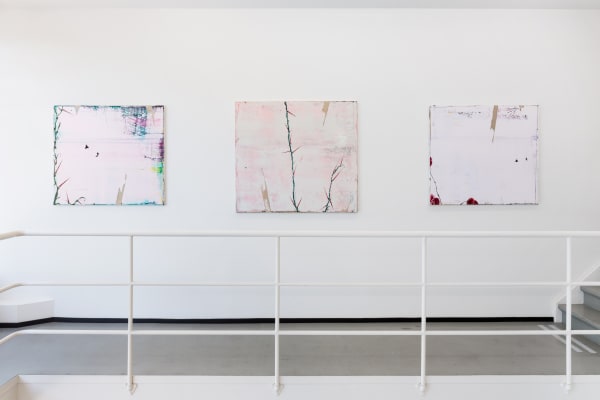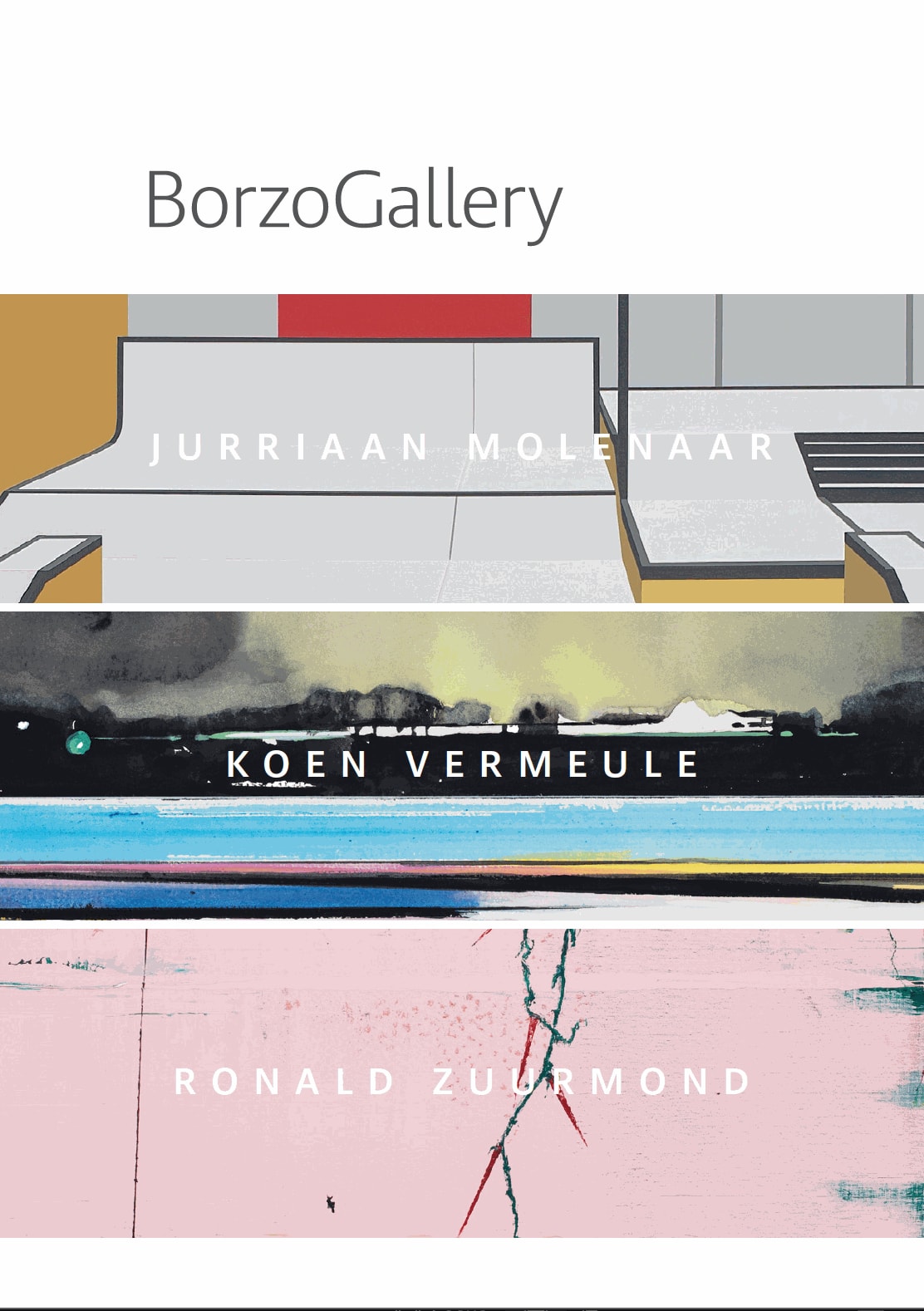Reality Pictured
It began with Paul Cézanne who, at the start of the 20th century, employed geometric lines to represent the reality of 'his' mountain, Montagne Sainte Victoire. A few years later, in Munich, Wassily Kandinsky would abandon even that natural reality, producing the first painting without any recognizable features. Malevich in Moscow and Mondrian in Paris followed suit. Abstract art was born, although figurative art would never disappear, of course. No matter how closely they aligned themselves with abstraction, Braque and Picasso never entirely abandoned figurative art. To this day, figurative and abstract art remain the topic of 'debate' - sometimes heated, but mostly harmonious. It is up to the artist how they express the ultimate freedom of representation.
Over the space of one week, we will be visiting the studios of three painters, contemporaries who know each other well: Jurriaan Molenaar, Koen Vermeule, and Ronald Zuurmond. Visiting three studios in a short space of time forces us to contemplate similarities and differences within the same discipline. Similarities are easy to spot, in that all three use figurativism as an expression, as the output of their imagination. More interesting to observe is that all three take different routes to their artistic destination.
Architecture, stone, and concrete are the preferred themes of Jurriaan Molenaar, occasionally with a person inside or outside. His subjects are represented according to the laws of geometry, with vanishing points that are the product of mathematical calculations. He works with a restrained colour scheme that leans towards the monochrome, and everything is calculated and reasoned with the utmost precision. You'll never see nature in his art, which is most definitely Apollonian, not Dionysian!
Koen Vermeule looks at his environment through an entirely different lens. Keen-eyed observer that he is, Vermeule sees people in often inward-looking poses. A landscape is usually the representation of something observed in a flash, or the crystallization of one particular moment captured in his inimitable way. Neat geometric lines in landscape and air alternate with a poetic, more fluid foreground, an effect that is greatly amplified by the 'skin' of the canvas.
As a painter too, Ronald Zuurmond is an 'alpha' thinker, and he often draws on this trait in the artistic process. Seldom does the picture come quickly into being; only after lengthy deliberation does Zuurmond pick up the paintbrush. Images from his memory, of rediscovered 'snapshots', sometimes from a dream world, appear on a near-monochrome background. His response to the observation that a few of his recent canvases have a pink or white base is refreshingly down to earth: I just had lots of that paint left over...
The artist's reality, whether abstracted, represented naturalistically, or the product of a dream world: ultimately, it is that reality that art is all about.










